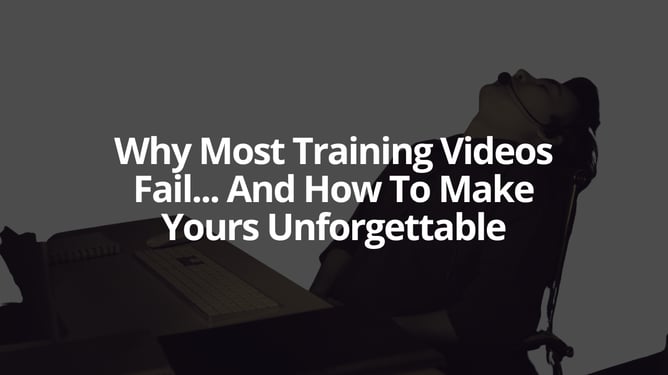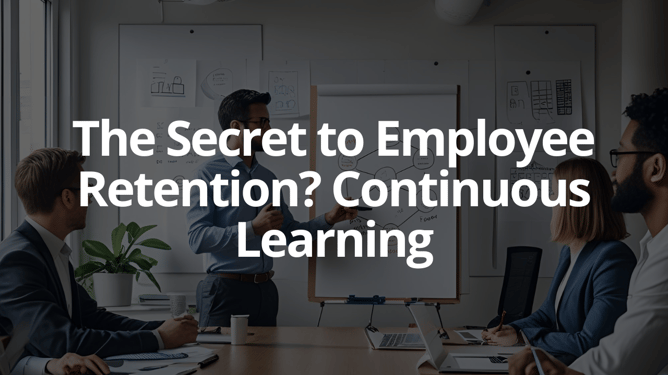Maximising Cross Functional Collaboration For KAMs & MSLs
Many people think that KAMs and MSLs work at opposite ends of the healthcare customer engagement spectrum, never to overlap. However, it might be surprising to know that both roles can be more effective and efficient if they collaborate, both to the benefit of healthcare professionals and patients.
But before we get into it, it will be helpful to begin by defining some terms.
Key Account Managers (KAMs) are commercial, working proactively on the supply side, ensuring that prescribed medicines are available when doctors and patients require them. Their role is highly regulated, focusing on licensed indications for approved medicines.
Medical Science Liaison (MSL) are medical, working reactively on the demand side, ensuring that doctors are fully informed with access to the latest science and data affecting the treatment of certain diseases and conditions. This may include discussions on the off-licence use of medicines or ongoing clinical research.
Both roles aim to support clinicians in their management of patients to achieve the best possible health outcomes which means that cross-functional collaboration becomes important.

Cross Functional Framework
Each country and each company have their own regulations about how these roles can, or can’t, collaborate. These rules supersede anything in this blog. However, where possible, MSLs and KAMs need to discuss the following five questions:
1. Purpose – what are we each trying to achieve with our customers, within our therapy area? Seek out the overlap and agree a combined purpose, one that you can both align with. This becomes the focus for your collaboration.
2. Performance – what are we each doing well to deliver our purpose? This can be knowledge and skills, connections and relationships. Some qualities may be common and others will be specific to one role or the other.
3. Barriers – what are the challenges getting in the way of delivering our purpose? Notice that some are outside of your control such as legal or environmental constraints. Put those to one side and then prioritise those barriers that you can influence.
4. Vision – if those are the barriers that you can influence, what is your joint vision for what you want instead? How will things look when you have overcome the barrier?
5. Action plan – what do we have to do now to make the vision a reality, so that we can overcome the barrier, maximise our performance and deliver our purpose? Agree What needs doing, Who is going to do it, and When it will be done… the 3W’s.
Your purpose will be more strategic and may only need revisiting once or twice a year. The action plan is tactical and may need to be reviewed once or twice a month.
Capability Framework
Barriers to performance can include a gap in skills or knowledge.
Capabilities may be role-specific such as the need for KAMs to have the skill of Influential Communication as well as knowledge of Health Economics and the Commercial Pipeline. MSLs in contrast need the skill of Informative Communication as well as knowledge of Statistics and the Clinical Development Pipeline.
Other capabilities are shared. MSLs and KAMs can collaborate in developing the skill of delivering Professional Presentations, either on-stage or on-screen, and Chairing Meetings either virtually or together.
Building Versatile Relationships, Leading Without Authority, Creative Problem Solving and Depths of Listening are all capabilities that both roles can collaborate on.
What is crucial is that learning is tailored to every audience. If you are organising training for KAMs you need to guarantee that your training partner understands the senior nature of their commercial audience and maintains relevant.
Training for MSLs must avoid any commercial taint in the language or skills addressed. Equally requiring recognition of the senior, experienced nature of the audience but with a clinical, scientific focus.
If you are in any doubt about how to effectively achieve the above, reach out to a specialist learning consultancy such as Excel Communications.
We have specialised in this field for more that 35 years, and by scheduling a conversation with us, we can use all our expertise to start the process of helping you to work more collaboratively with your colleagues.
Additionally, if you're a member of the Life Science Access Academy, then be sure to log in and watch the supporting webinar – KAMs and MSLs: Maximising Cross-Functional Collaboration.
Thank you,
/nic-profile-1-150x150.jpg?width=150&height=150&name=nic-profile-1-150x150.jpg)
Nic & The Excel Team
P.S. If you would like to discuss any of your other learning & development challenges, book in your discovery call.
About Excel Communications
Excel Communications is a learning and development consultancy based near London in the U.K. For more than 30 years; we have been collaborating with clients across the globe.
Partnering with Excel empowers you to evolve your people and business by fuelling a love for learning.
We work with you to create unforgettably, customised learning experiences to achieve your vision of success and growth, with tangible results.
View our case studies here.





